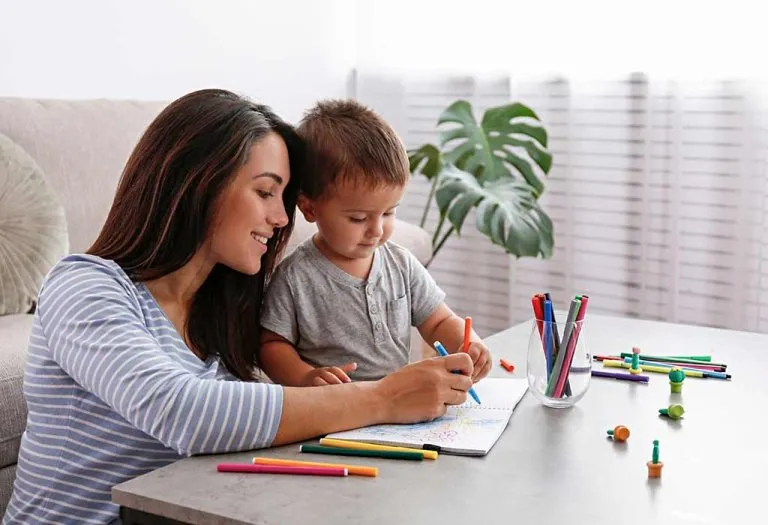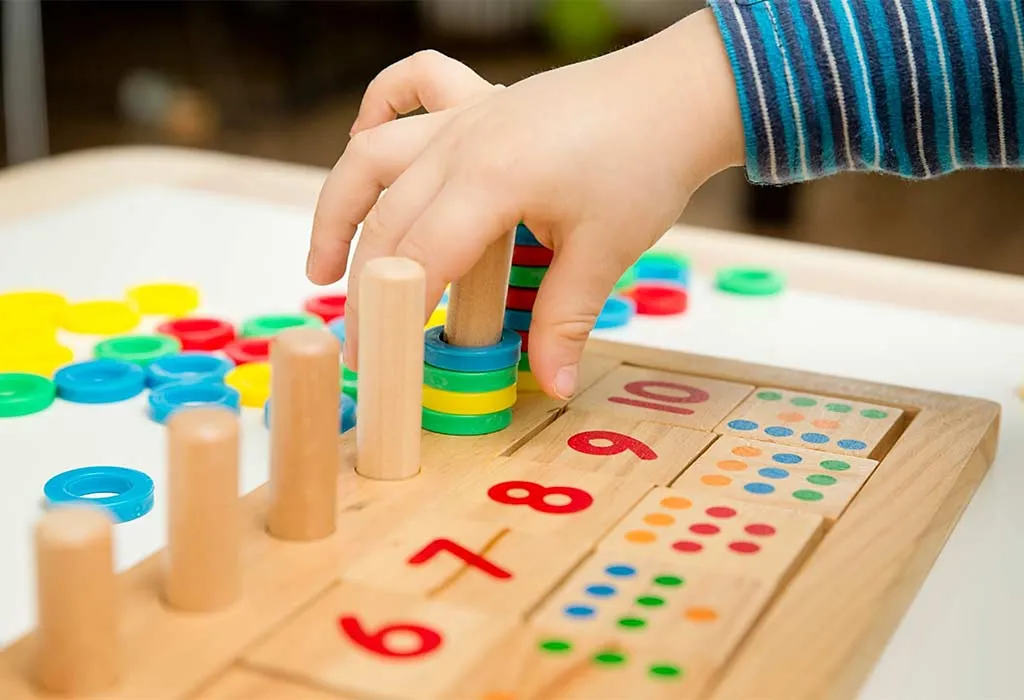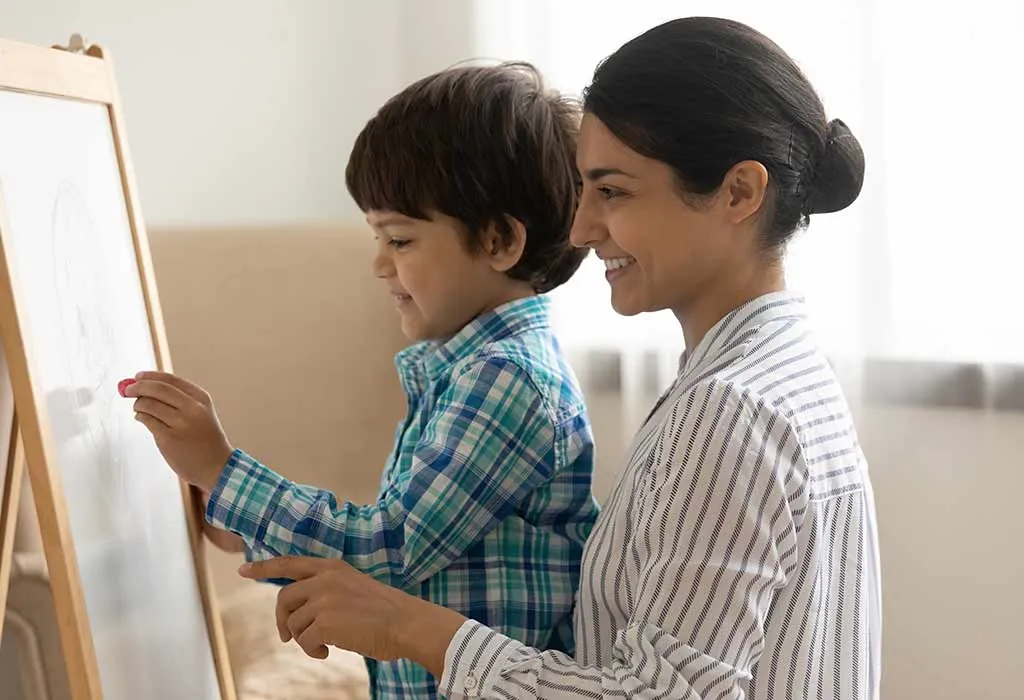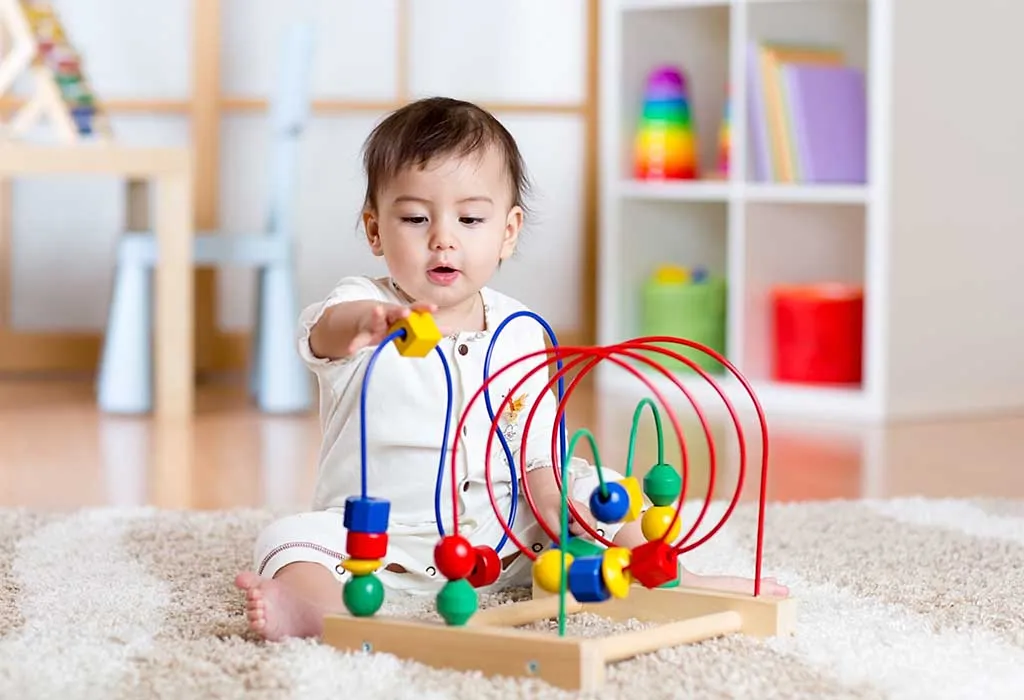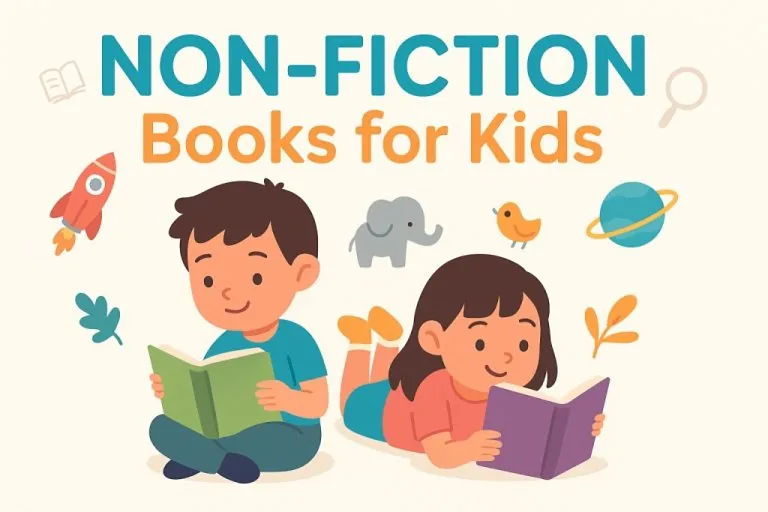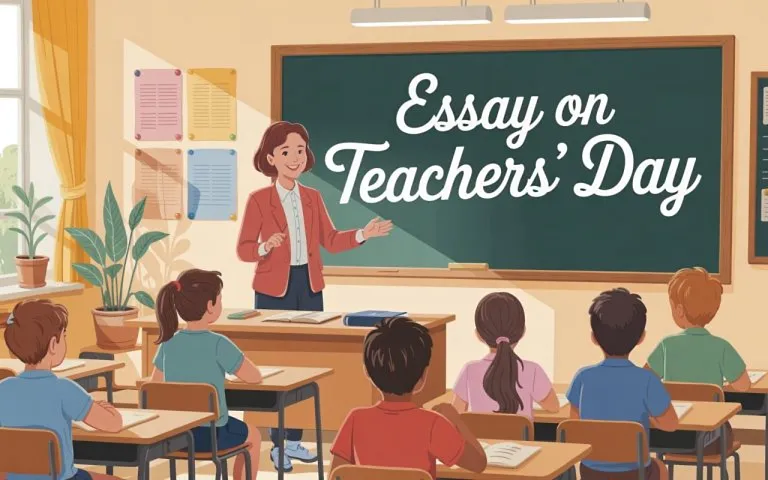Homeschooling Preschooler – An Ultimate Guide for Parents
Are you thinking of homeschooling your preschooler? It’s an exciting yet overwhelming decision, isn’t it? Many parents today are drawn to the flexibility, personalised learning experiences, and the opportunity to spend quality time with their little ones (1). But where do you start? What should you teach? And how do you ensure your child is on track?
Don’t worry! In this article, we’ll walk you through everything you need to know to make homeschooling your preschooler a smooth and enjoyable experience. Homeschooling a preschooler isn’t about recreating a classroom at home; it’s about fostering a love for learning through everyday experiences (2).
Keep reading to learn how to create a nurturing learning environment right at home.
What Is the Best Schedule for Homeschooling a Preschooler?
Creating a schedule for homeschooling a preschooler doesn’t have to be complicated. A good routine helps set a rhythm for the day, but flexibility is key. Your child is still young and needs time to play, explore, and rest.
Here’s a simple schedule that you can customise based on your child’s needs and your family’s routine:
| Time | Activity |
| 8:00 AM – 8:30 AM | Morning Routine (breakfast, getting ready) |
| 8:30 AM – 9:00 AM | Circle Time (sing songs, read a book, discuss the weather) |
| 9:00 AM – 9:30 AM | Learning Activities (letters, numbers, shapes) |
| 9:30 AM – 10:00 AM | Snack Break (free play time) |
| 10:00 AM – 11:00 AM | Outdoor Play/Physical Activity |
| 11:00 AM – 11:30 AM | Art and Crafts/Creative Time |
| 11:30 AM – 12:00 PM | Lunch |
| 12:00 PM – 1:00 PM | Quiet Time/Rest |
| 1:00 PM – 2:00 PM | Free Play/Structured Games |
What Should Be Included in Preschooler Homeschool Curriculum?
When planning your preschooler’s homeschool curriculum, focus on covering a variety of basic skills and concepts. These form the foundation for future learning and help prepare your child for kindergarten homeschool curriculums. Here are some important things to include:
1. Early Literacy and Language Skills
Let your child learn basic words, letters, and sounds. Talk about stories, read books with your child, and help them recognise letters in everyday surroundings.
2. Basic Maths
Start with numbers, counting, and simple shapes. Use toys, everyday items, or fun games to teach concepts like sorting, patterns, and recognising numbers. Keep it playful to maintain their interest.
3. Fine Motor Skills
Activities like drawing, playing with playdough, and cutting with safety scissors can help develop fine motor skills. These are important for writing and other hands-on tasks they’ll encounter later in school.
4. Science Exploration
Preschoolers like learning about their surroundings. Include simple science experiments like planting seeds or observing insects. These activities build curiosity and a basic understanding of nature.
5. Social and Emotional Development
You can help your child understand emotions, build friendships, and learn how to share and take turns through role-playing, reading stories, and discussing feelings.
6. Creative Arts and Music
Activities such as singing, dancing, painting, and drawing can foster creativity. Along with helping your child’s imagination grow, these also support their self-expression and motor skills.
7. Physical Activities
Include daily physical activities like jumping, running, or simple exercises. This keeps your child busy and healthy while improving strength and coordination.
Tips and Ideas for Homeschooling a Preschooler
Although homeschooling a preschooler can be a wonderful experience, it’s important to keep things enjoyable. If you’re looking for ideas on how to homeschool your preschooler, here are some helpful tips:
1. Create a Cosy Learning Space
Set up a small corner with books, toys, and learning materials. It doesn’t have to be fancy. A cosy spot helps your child feel comfortable and ready to explore.
2. Incorporate Play-Based Learning
Preschoolers learn a lot through play. Use puzzles, building blocks, and pretend to play to teach basic concepts like shapes, colours, and numbers.
3. Use Daily Routines as Learning Moments
Turn everyday tasks like cooking, gardening, or shopping into learning opportunities. Count fruits, identify colours, or talk about different textures during these activities.
4. Keep Lessons Short and Engaging
Young children have short attention spans. Keep lessons to 15-20 minutes, focusing on one topic at a time to keep them interested.
5. Include Outdoor Play and Nature Walks
Take your child outdoors for a nature walk, or just let them play in the backyard. Fresh air and exploring the natural world are great ways to learn and burn off energy.
6. Read Aloud Every Day
Reading aloud is one of the best ways to boost your child’s language skills. Choose a variety of books and make storytime a daily habit.
Some Books That Are Ideal for Homeschooling Preschool
Books are a wonderful way to introduce new ideas and concepts to preschoolers. They make learning fun and encourage imagination. Here are some must-have books that are perfect for homeschooling preschool:
- “The Very Hungry Caterpillar” by Eric Carle: A colourful book that teaches about counting, the days of the week, and the life cycle of a butterfly.
- “Brown Bear, Brown Bear, What Do You See?” by Bill Martin Jr. and Eric Carle: This repetitive and rhythmic story helps children recognise colours and animals in a fun way.
- “Chicka Chicka Boom Boom” by Bill Martin Jr. and John Archambault: A lively alphabet book that introduces letters through a catchy rhyme and vibrant illustrations.
- “Goodnight Moon” by Margaret Wise Brown: A calming bedtime story that’s great for winding down the day and helps children with early language development.
- “Press Here” by Hervé Tullet: An interactive book that invites kids to press, shake, and tilt the pages, making it a playful way to learn about cause and effect.
FAQs
1. How much time should I spend on pre-k homeschool each day?
For pre-k homeschooling, keep lessons short and sweet. Aim for 1-2 hours a day, including breaks and playtime. Preschoolers have short attention spans, so focus on quality rather than quantity.
2. What supplies do I need for preschool homeschooling?
You don’t need much to start preschool homeschooling. Some basic supplies include crayons, paper, safety scissors, glue, books, and educational toys.
3. Can I homeschool my preschooler if I’m not a teacher?
Homeschooling at the preschool level doesn’t require formal teaching experience. It’s more about providing a nurturing environment, engaging in playful activities, and encouraging curiosity and exploration.
Homeschooling your preschooler is a great way to nurture their love for learning and spend quality time together. With a mix of play, reading, and everyday activities, you can make learning enjoyable and effective. Remember to keep things simple and not stress too much about sticking to a rigid schedule. Focus on building foundational skills and encouraging curiosity. Stay patient, and enjoy watching your child grow and develop.
References/Resources:
1. Benefits of Homeschooling (5 Advantages + More); Texas Home School Coalition; https://thsc.org/benefits-homeschooling/
2. The Benefits of Homeschooling; Excelsior Academy; https://www.excelsioracademy.org/2023/10/02/the-benefits-of-homeschooling/
Also Read:
Homeschooling or No-schooling
Homeschooling Vs Traditional Schooling
Tips for Effective Education through Homeschooling
Was This Article Helpful?
Parenting is a huge responsibility, for you as a caregiver, but also for us as a parenting content platform. We understand that and take our responsibility of creating credible content seriously. FirstCry Parenting articles are written and published only after extensive research using factually sound references to deliver quality content that is accurate, validated by experts, and completely reliable. To understand how we go about creating content that is credible, read our editorial policy here.





